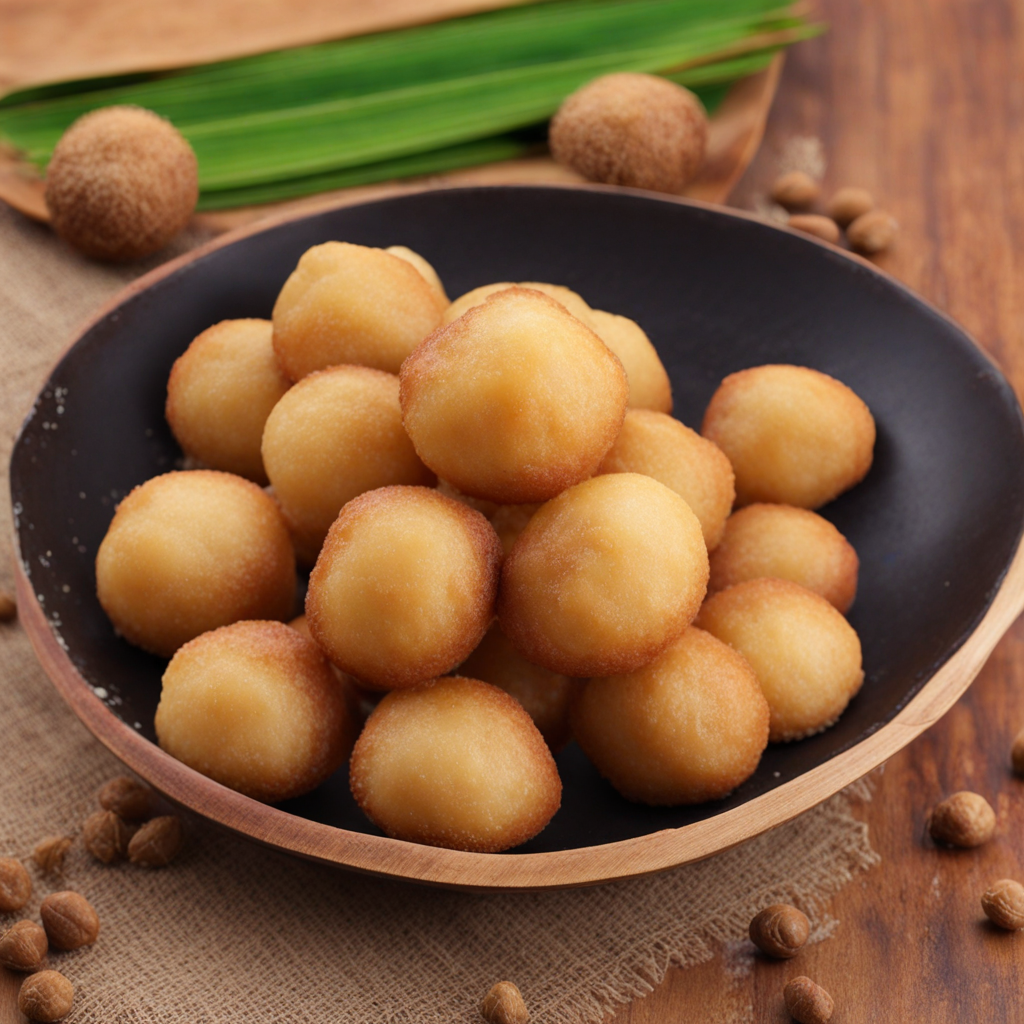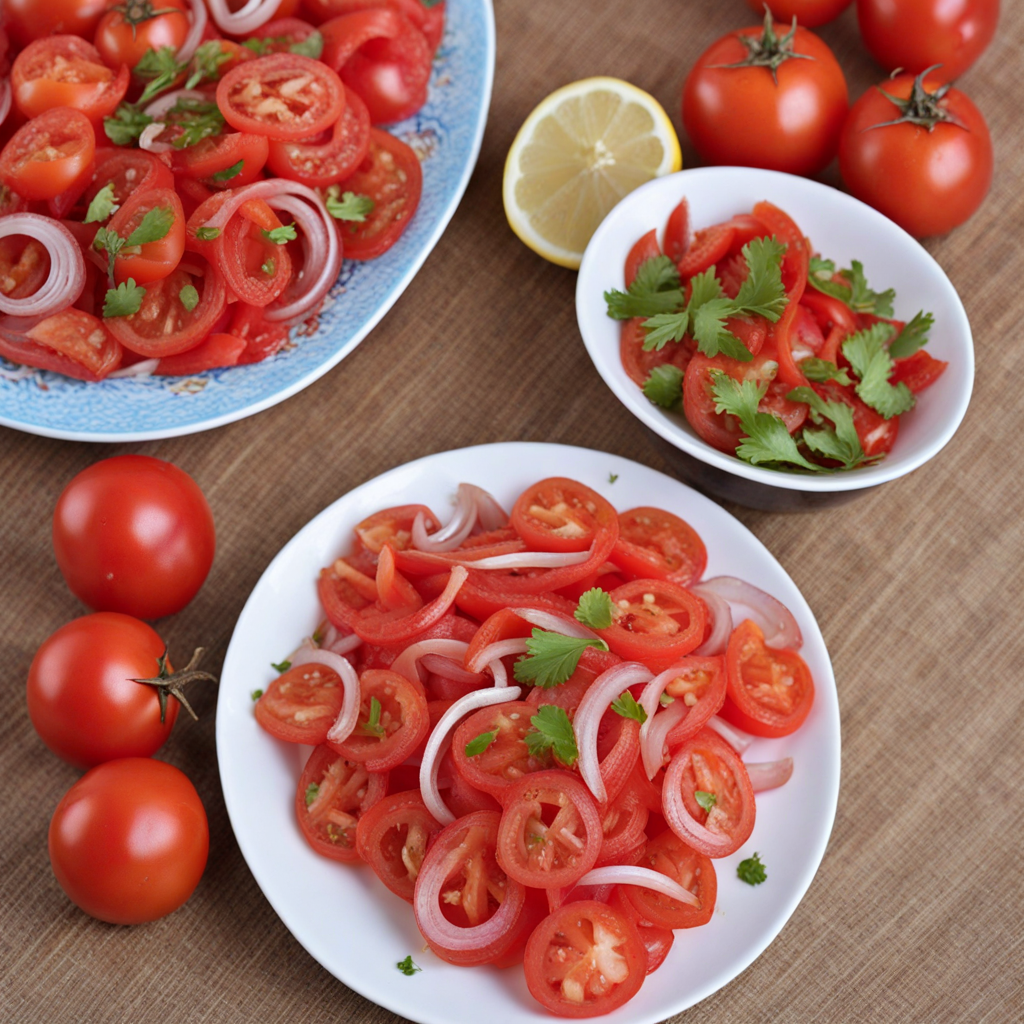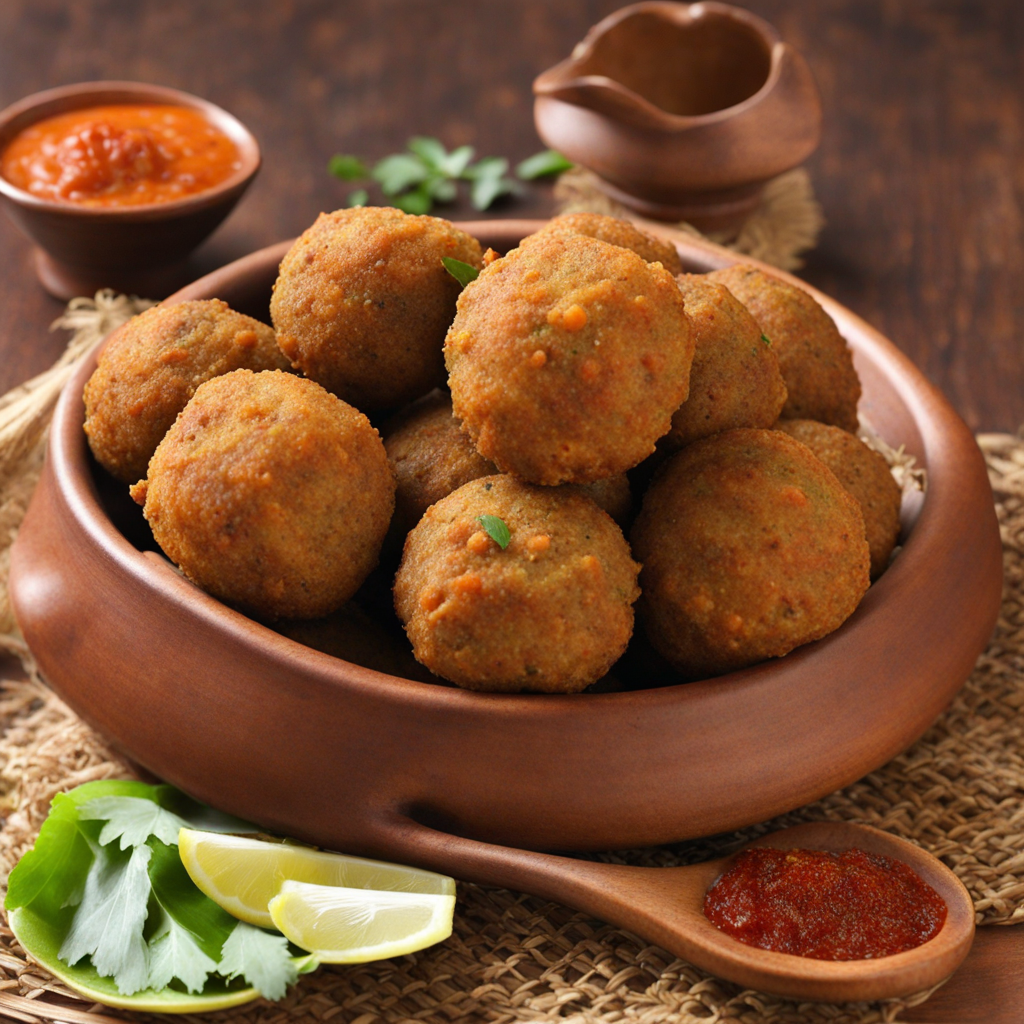Kaimati
Kaimati is a delightful Tanzanian dessert that captures the essence of East African flavors with its unique texture and taste. These small, deep-fried dumplings have a golden-brown exterior that is crispy and lightly crunchy, contrasting beautifully with their fluffy, soft interior. Made primarily from a mixture of flour, yeast, and sugar, Kaimati are often flavored with a hint of cardamom or vanilla, adding a subtle aromatic touch that enhances their appeal. They are typically served warm, making them an enticing treat for anyone seeking comfort food or a sweet indulgence. The preparation of Kaimati is an art in itself; the dough is allowed to rise before being shaped into bite-sized balls, which are then deep-fried until perfectly cooked. Once fried, they are often coated in a rich syrup made from coconut milk, sugar, and sometimes a pinch of salt, giving them a sweet and creamy finish. This syrup not only adds sweetness but also a luscious sheen that makes these dumplings irresistibly inviting. Some variations may also include sesame seeds sprinkled on top for an additional layer of flavor and texture. Enjoying Kaimati is not just about the taste; it’s an experience that connects you to Tanzanian culture and hospitality. These treats are often served during special occasions, family gatherings, or community celebrations, making them a symbol of joy and togetherness. Whether enjoyed as a snack, a dessert, or a celebratory delicacy, Kaimati offers a unique taste journey that invites you to savor the warm, sweet, and comforting flavors of Tanzania.
How It Became This Dish
Kaimati: A Sweet Journey Through Tanzanian Culture and History Kaimati, a beloved Tanzanian delicacy, is a deep-fried sweet dumpling that has woven itself into the fabric of Tanzanian culinary tradition. This delightful treat has a rich history, characterized by its unique flavors, cultural significance, and evolution over time. As we delve into the journey of Kaimati, we discover not only a dish but a symbol of community, celebration, and resilience. Origins and Historical Context The origins of Kaimati can be traced back to the coastal regions of East Africa, particularly in Tanzania and its neighboring countries. The dish is believed to be heavily influenced by the Swahili culture, which emerged from the interactions between Arab traders, Persian merchants, and the indigenous Bantu-speaking people of the region. This melting pot of cultures led to a rich culinary heritage, blending spices and ingredients from various traditions. Historically, the name "Kaimati" is derived from the Arabic word "Qaimat," which means "small pieces." The popularity of Kaimati can be attributed to the trade routes that passed through the Swahili Coast, where merchants would introduce new ingredients and techniques. The use of flour, sugar, and coconut milk in Kaimati reflects this cultural exchange, as these ingredients were readily available due to trade with the Arab world and the Indian subcontinent. Ingredients and Preparation Kaimati is typically made from a simple blend of flour, sugar, yeast, and coconut milk, producing a dough that is soft and slightly sweet. The mixture is allowed to rise before being shaped into small balls and deep-fried until golden brown. After frying, the Kaimati are often rolled in sugar or drizzled with syrup, enhancing their sweetness and making them irresistibly delicious. The preparation of Kaimati is often a communal activity, where families and friends come together to share the labor and the joy of cooking. This practice not only strengthens bonds among community members but also perpetuates the traditional methods of making Kaimati, which have been passed down through generations. Cultural Significance Kaimati holds a special place in Tanzanian culture, often served during significant celebrations and gatherings. It is a staple at weddings, religious festivals, and national holidays, symbolizing joy and unity. The sweet dumpling is often accompanied by chai (a spiced tea) during social gatherings, creating an atmosphere of warmth and hospitality. In many Tanzanian households, Kaimati is more than just a treat; it is a symbol of generosity. Offering Kaimati to guests embodies the spirit of sharing and community, reflecting the values of Tanzanian society. The act of preparing and serving Kaimati is steeped in tradition, with families often sharing their unique recipes and techniques, ensuring that the art of making Kaimati is preserved. Evolution Over Time While Kaimati remains a traditional dish, its evolution over time is noteworthy. The increasing availability of various ingredients has led to creative adaptations of the classic recipe. Modern versions of Kaimati may include flavors such as vanilla, chocolate, or even fruit, appealing to a younger generation that seeks innovation while honoring tradition. In urban areas, Kaimati has transitioned from being primarily a homemade delicacy to a popular street food. Vendors can be found in bustling markets and busy streets, offering freshly made Kaimati to passersby. This accessibility has made Kaimati an everyday treat for many Tanzanians, transcending its traditional role as a celebratory dish. The rise of social media and food blogging has also played a significant role in popularizing Kaimati beyond Tanzania. Food enthusiasts and travelers share their experiences of enjoying Kaimati, often highlighting its unique taste and cultural significance. This exposure has sparked interest in Tanzanian cuisine globally, encouraging culinary tourism and fostering a greater appreciation for the rich history behind Kaimati. Kaimati in Contemporary Tanzanian Society Today, Kaimati continues to be a cherished part of Tanzanian identity. It represents not only the country's culinary heritage but also its cultural resilience. In a rapidly changing world, where globalization often threatens traditional practices, Kaimati stands as a reminder of the importance of preserving cultural heritage. The preparation and enjoyment of Kaimati are often accompanied by storytelling, where elders share tales of their youth, family traditions, and the significance of community in Tanzanian society. This oral tradition ensures that the history of Kaimati remains alive, reminding younger generations of their roots and the values that have shaped their culture. Moreover, Kaimati has found its way into the global food scene, with chefs and culinary enthusiasts experimenting with the dish in various contexts. Fusion cuisine has led to unique interpretations of Kaimati, incorporating elements from different culinary traditions while still paying homage to its origins. This adaptability speaks to the timelessness of Kaimati, showcasing its ability to evolve while remaining true to its cultural essence. Conclusion Kaimati is more than just a sweet dumpling; it is a reflection of Tanzania's rich history, diverse culture, and the enduring spirit of community. From its origins along the Swahili Coast to its contemporary presence as a beloved street food, Kaimati embodies the resilience and adaptability of Tanzanian culinary traditions. As we savor the sweetness of Kaimati, we are reminded of the stories, traditions, and connections that define not only this delightful dish but also the heart of Tanzanian culture. In every bite, we taste the legacy of generations past, the joy of shared experiences, and the promise of a future where culinary traditions continue to thrive and evolve. Kaimati is a testament to the power of food to unite, celebrate, and honor the rich tapestry of human experience.
You may like
Discover local flavors from Tanzania







